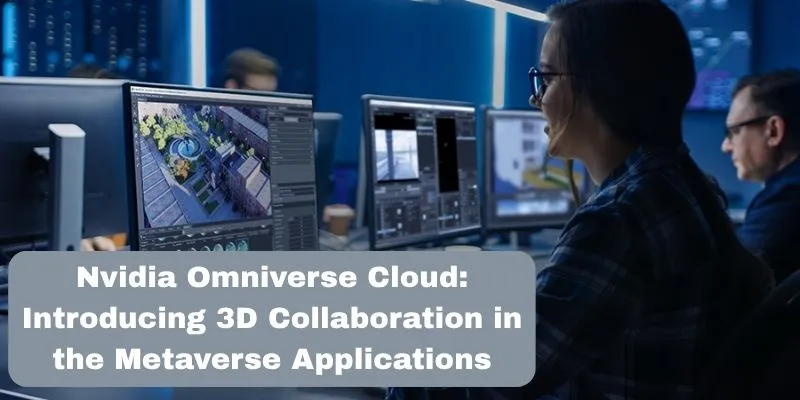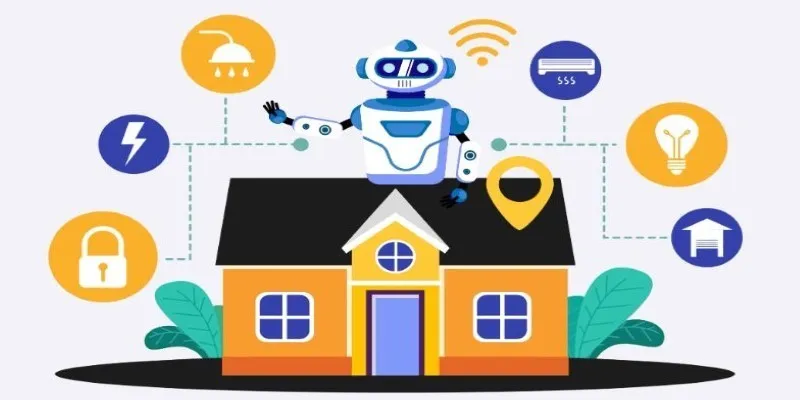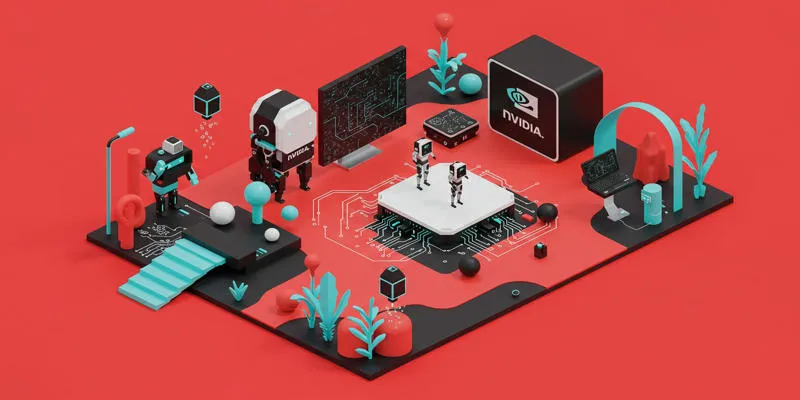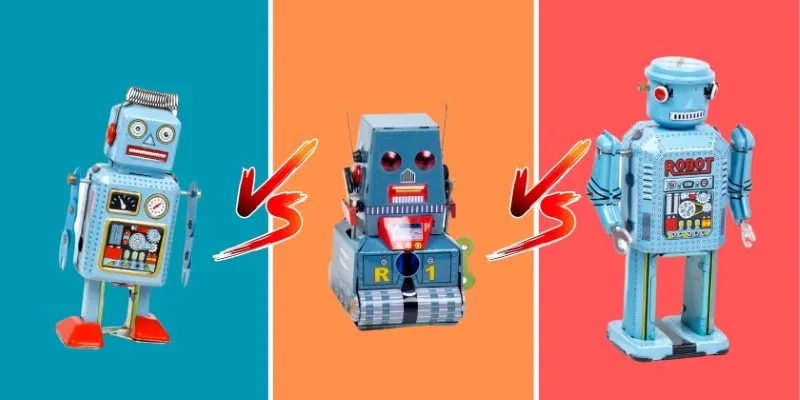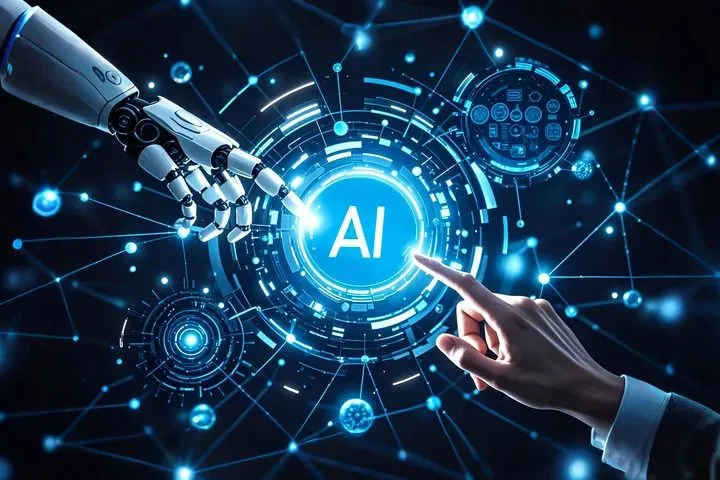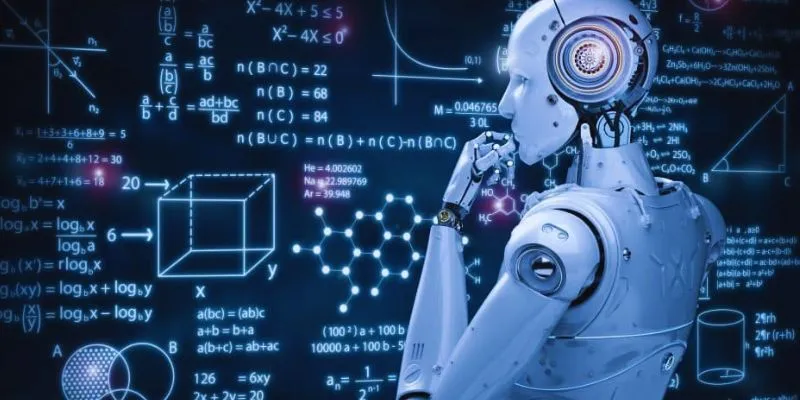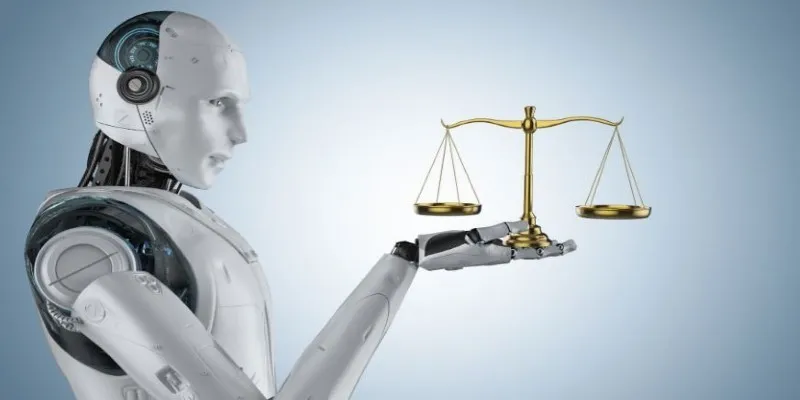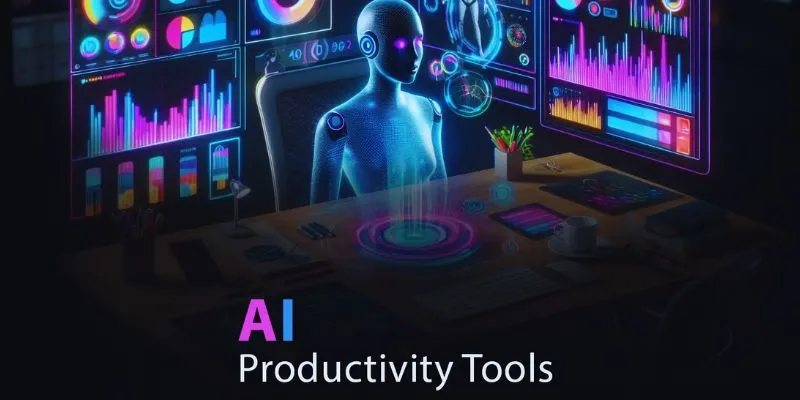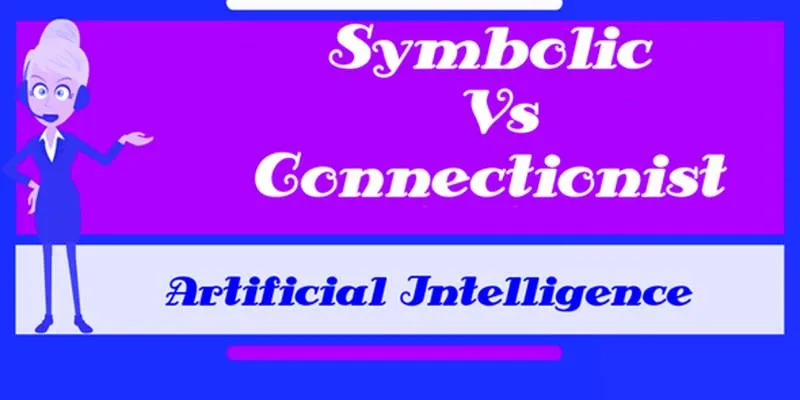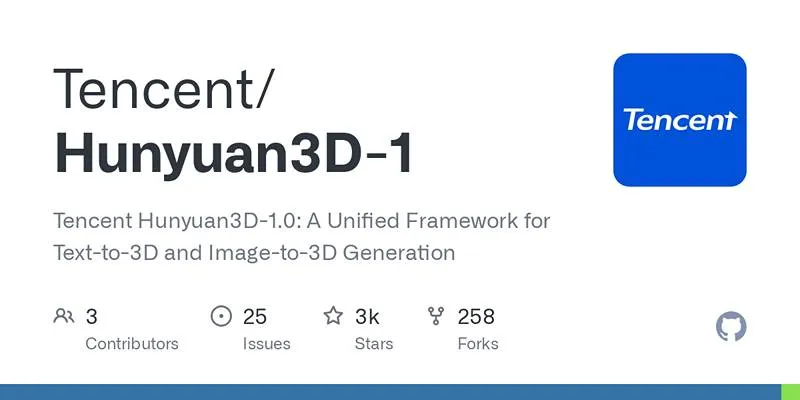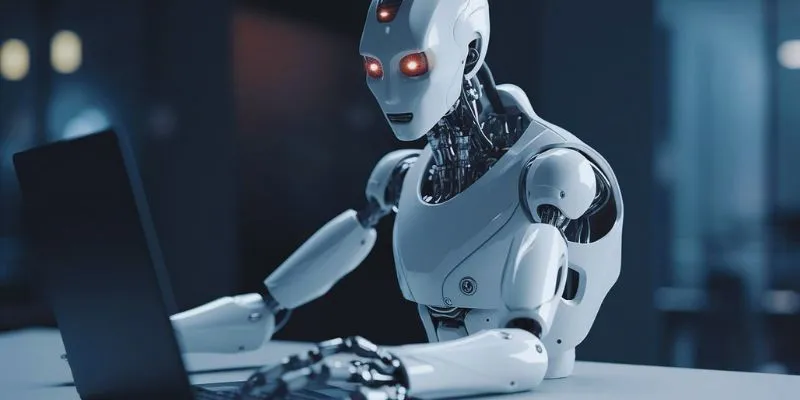At Nvidia GTC 2025, GM made a strategic move towards full automation by integrating Nvidia’s AI platforms into its operations. This partnership signifies GM’s commitment to using AI to revolutionize its factories, train robots, and advance self-driving cars. After years of experimenting with different approaches, GM is now focused on a unified AI strategy with Nvidia at its core.
Bringing Intelligence to the Factory Floor
GM’s extensive factory network serves as an ideal testing ground for AI-driven automation. By leveraging Nvidia’s AI stack, particularly the Isaac robotics platform and Omniverse simulation tools, GM is modernizing its factories without the need for complete overhauls.
Rather than constructing brand-new smart factories, GM uses Omniverse to simulate and test robotic processes virtually. This approach helps minimize downtime in real factories. For example, it improves assembly tasks like battery pack installation for EVs, where even minor misalignments can cause significant delays. Adjustments that once required days of on-site trial and error can now be fine-tuned in digital twins of the factory, allowing for seamless implementation.
With Nvidia’s Isaac platform, GM trains robotic arms for precise tasks, enhancing accuracy and reducing workplace injuries. The training primarily occurs in simulation, leading to faster deployment and tighter quality control. The integration of AI isn’t just about reducing costs—it’s about identifying patterns. Predictive analytics enable GM to detect potential component failures before assembly begins, optimizing the production line for efficiency and reduced waste.
Self-Driving Ambitions Rekindled
GM’s self-driving division, Cruise, experienced challenges over the past year. However, at GTC 2025, GM reaffirmed its dedication to autonomy by adopting Nvidia’s Drive platform as a cornerstone of its new approach.

The Drive Hyperion platform integrates sensor fusion and neural network inference with GM’s new EV architecture, ensuring cohesive hardware, software, and vehicle design. GM’s focus has shifted from full robo-taxis to partial autonomy in specific scenarios, such as factory logistics, delivery systems, and long-haul trucking routes.
Nvidia AI facilitates the simulation of millions of road scenarios, enhancing the retraining of AI models with greater speed and accuracy. This capability significantly compresses timeframes for testing new safety features and driving logic, enabling faster innovation.
Robots That Actually Work on the Floor
While robots often conjure images of humanoid machines, GM is deploying industrial robots powered by Nvidia’s real-time machine learning platforms. These robots, like smart forklifts and welding arms, adapt to changes in their environment.

For instance, mobile robots adjust to warehouse layout changes using vision systems and object recognition. They navigate new paths and alert humans when necessary. Torque-sensitive tasks benefit from AI, as the system learns material responses and adjusts accordingly.
GM’s strategy emphasizes collaboration between humans and robots. These machines handle dangerous, error-prone tasks, allowing human workers to focus on more complex responsibilities. This cooperative approach supports GM’s long-term goal of enhancing productivity and safety.
Conclusion
GM’s partnership with Nvidia focuses on practical, scalable automation. At GTC 2025, GM showcased real systems like robotic arms and predictive maintenance, all built on Nvidia’s platform. Instead of replacing its legacy infrastructure, GM is enhancing it through intelligent automation, driven by real-world data and feedback. This approach fosters steady improvement in both cars and factories, ensuring that automation grows through experience rather than spectacle.
 zfn9
zfn9
